Sitting high above the harbor in Portland, Maine, the Morse-Libby house, later Victoria Mansion, looks out of place in an area of the northeast more synonymous with lobster, lumber and moose than a Victorian mansion. The brownstone Italianate building has been on Danforth Avenue for nearly 165 years. It is considered to be one of the top Victorian homes in the U.S.
It was built by Ruggles Sylvester Morse, a native son of Maine, who amassed his fortune in New Orleans as the owner of a number of successful hotels in the bustling port city. He took part of his new-found fortune and invested it in the construction of a vacation home in Portland. As befits a man of his wealth, this was not to be a salt box or a Colonial home, but a resplendent summertime residence. He recruited New Haven native, Henry Austin, who designed a number of public houses during his prolific career, including New Haven Town Hall, the Yale University Library, and early designs for Hartford’s Wadsworth Atheneum Museum of Art. The Atheneum, opened in 1842, is one of the oldest operating art museums in the country. For interior design, Morse tapped Gustav Herter, a recently emigrated cabinet maker from Stuttgart, Germany, and Giuseppe Guidicini, an established artist and scenic designer who had already made a name for himself in his native Italy.
Construction began on the eleven thousand square foot structure in 1858 and was completed in 1860. The mansion, replete with hot and cold running water, gas lighting, and servant call system sits, nearly out of scale, on a modest plot of land less than one acre. While Henry Austin’s Italianate design identifies the Victorian mansion, it’s the interiors that woo and wow its visitors. The longevity of this architectural gem, as is the case with so many historic houses, is in large part due to the work of preservationists. Ruggles and his wife, Olive, summered in the mansion for a number of years until Mr. Morse died at the residence in 1893. With no heirs to inherit the property, the mansion was sold, along with its contents, to a Portland dry goods entrepreneur, Joseph Libby. Libby and his family lived year-round in the house, maintaining the integrity of the home through 1928.
After the stock market crash of 1929, the fate of the mansion became uncertain with remaining Libby family members either unwilling, or unable, to navigate the difficult financial times ahead.
It would be vacant for nearly a decade before the city of Portland seized it for back taxes, and entertained the idea of selling it to Standard Oil, who would then demolish the site and open a gas station. Fortuitously, William Holmes, an educator from New York, along with his wife, Clara, paid the arrears and opened the home as a museum in 1941. One of his first orders of business was to write to the UK’s King George VI and ask permission to name the mansion after his grandmother, Queen Victoria. Holmes saw a likeness between the Portland mansion and one of Queen Victoria’s favorite homes, The Osborne House, on the Isle of Wight. He also asked the monarch if he could send a souvenir. The sovereign obliged and sent a painting of Osborne house, which continues to adorn a mansion hallway.
Through good fate and fortune, Victoria Mansion has been able to hold itself together, and today, close to 96% of the mansion’s original furnishings and art remain intact. That astounding preservation puts it in an elite class among Victorian homes in the United States.
While Gustav Herter’s Portland furnishings are not among the largest of his commissions, it is nonetheless complete—with all pieces returned to the mansion. Subsequently, much of his and his brother Christian’s work on the Lockwood-Mathews mansion in Norwalk, Connecticut a few years later, would not survive, succumbing to bankruptcy and neglect. Conservation and restoration efforts have yielded outstanding results at Victoria Mansion, and to experience it, is to witness ornate and intricate craftsmanship, coupled with Giuseppe Giudicine’s eye-catching Trompe-l’oeil artwork displayed on both walls and ceilings.
To both the trained and untrained eye, the mansion does not disappoint. And as summer gives way to fall, and as beachcombers give way to baby boomers, with disposable time and income, Tim Brosnihan, the museum’s director, is hoping the city’s growing popularity translates to increased ticket sales.
‘Portland over the last ten or so years, has become more of a destination in Maine. A lot of times I think in the past people came through Portland on their way to Bar Harbor or wherever else they were going along the coast, but the city has just gotten busier and busier over the last ten years, and we get lots of cruise ship traffic in September and October.”
“Unwilling Architects”
But, there’s another story to be told. As some of those passengers, and visitors alike, make their way into the mansion, they’ll be greeted by a new exhibit, aptly titled, “Unwilling Architects.” The growing display, both on site and online, acknowledges the human capital in the form of slavery that Ruggles and Olive Morse used to help accumulate their wealth. Relying on state and federal funding, administrators, staff, and volunteers have begun to research and relate the stories of the many black and mixed race individuals pressed into service. According to the findings unearthed to date, Morse enslaved at least 27 individuals between 1848 and 1860. While continuing to comb over records in Louisiana, profiles are beginning to emerge about these subjugated workers, in particular, providing context as to their lives before and after slavery. Anisa Khadraoui, a regulatory and compliance manager at the Harvard T.H. Chan School of Public Health, as well as a Diversity, Equity, and Inclusion consultant, assisted on the project. “I am truly grateful that Victoria Mansion is undertaking this work, and they’re so committed to turning over every stone, and being so entrenched in being able to find as much information as possible, being able to tell each of these stories and tell them in their complexities and nuance and truth.”
Tim Brosnihan applauds the work being done in Portland, and remotely in New Orleans, to scroll through recently digitized records, deeds, and birth certificates, and he is equally supportive of the interpretive role of the mansion’s tour guides.
“I think there’s a natural inclination to avoid difficult topics. You know you’re taking people on a tour and there maybe moments when you say, I don’t feel like talking about this it’s going to be awkward, it’s going to be difficult, but they really have come through and have been willing to work with us, and work through that difficulty to the point that it is a part of the public interpretation of this house. So, I give enormous credit to our docent corps for tackling that because it was not easy.” Brosnihan goes on to say that their docents are not scripted, and that they are provided adequate training, and ongoing learning opportunities to develop their body of knowledge and presentation.
Victoria Mansion is not the only institution confronting its antebellum past. It is just one of many organizations that have begun to reconcile their personal history, some willingly, while others have been called on it. Clint Smith’s highly acclaimed book, How The Word Is Passed, takes readers along as he tours Thomas Jefferson’s home at Monticello, and Manhattan’s African American burial ground, among other landmarks, to quite literally tell you how our history is being told. While some buried historical aspects are brought to the fore, others have been lost in translation or denial.
For Ms. Khadraoui, historical interpretation shouldn’t fall short of its mission. “My interest is in telling truthful stories, and so often for many audiences, the stories of that time are not what some would consider, palatable, but they’re the truth.”
The Morse-Libby, or Victoria Mansion, is open now through the end of October. For more information: Victoriamansion.org.
Upon leaving the mansion, If you’re up for a half mile stroll, you can visit the boyhood home of Henry Wadsworth Longfellow, the American poet who penned, “Paul Revere’s Ride”, “The Song of Hiawatha” and “The Children’s Hour”, just part of his canon of works. The house is open through October. Visit Mainehistory.org for more information.
And while you’re in the port city, you might want to take to the water and visit one of a handful of Islands in Casco Bay. A popular destination is Peaks Island, and ferry service is available through Cascobaylines.com
And if after a full day of touring you need to wet your whistle, there’s Allagash, the beer that’s making Portland famous. Tours and tastings are available at Allagash.com
Written and photographed by writer, Tom Farkas.
Featured Photo: The Victoria Mansion in Portland

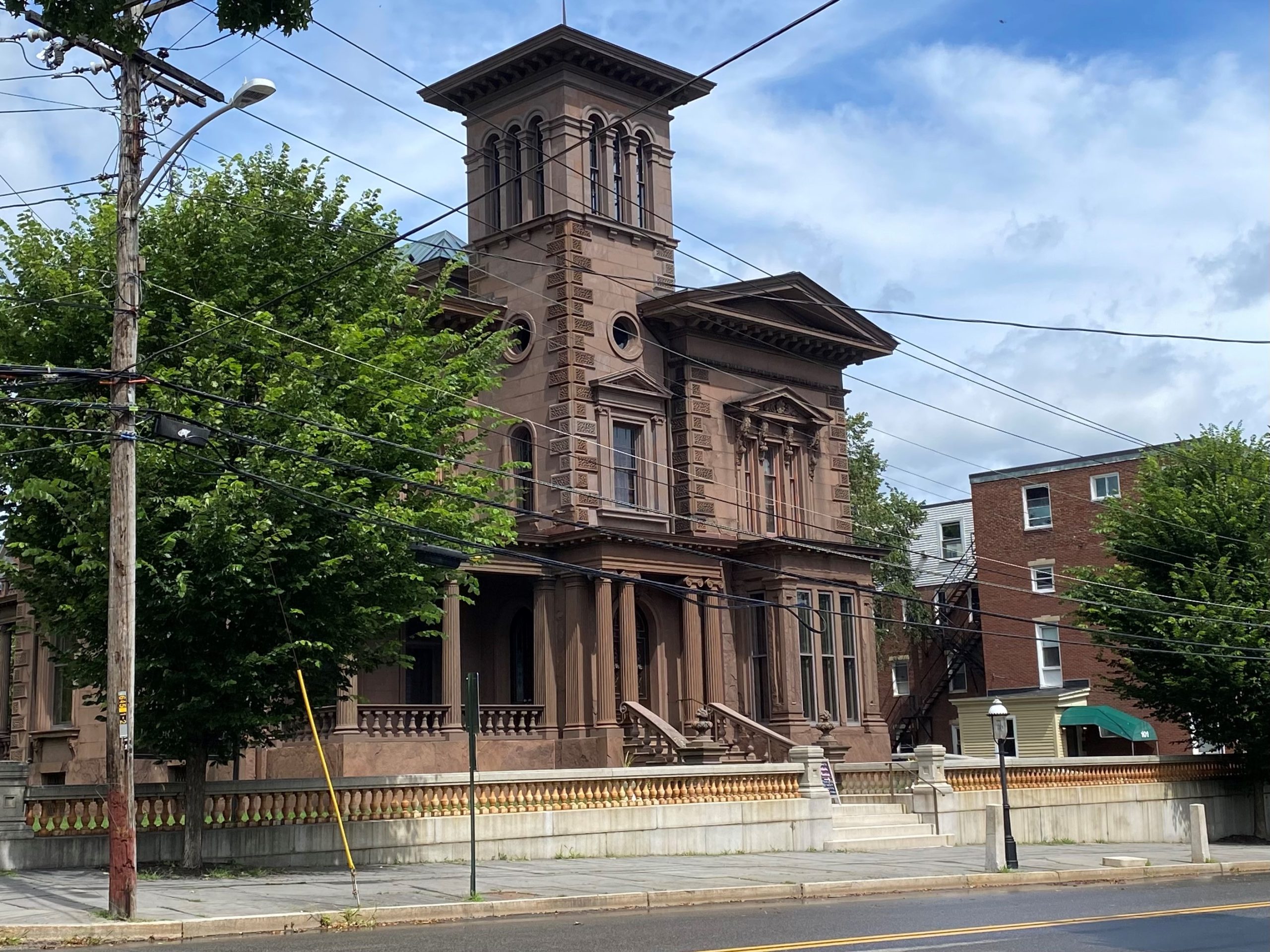
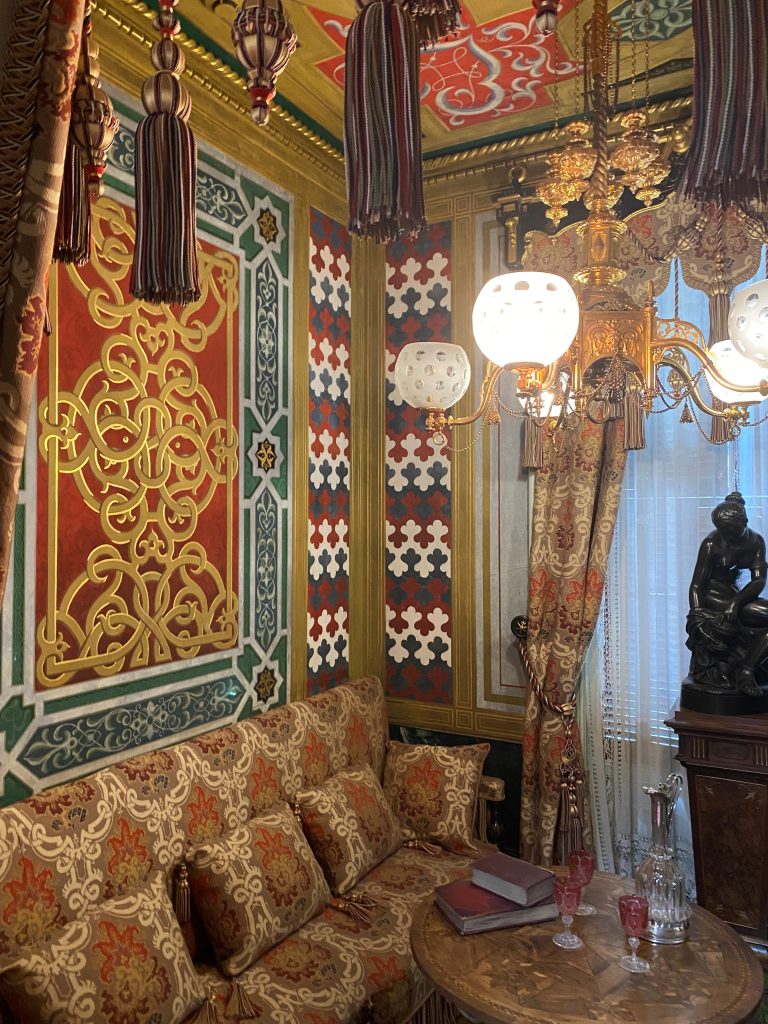
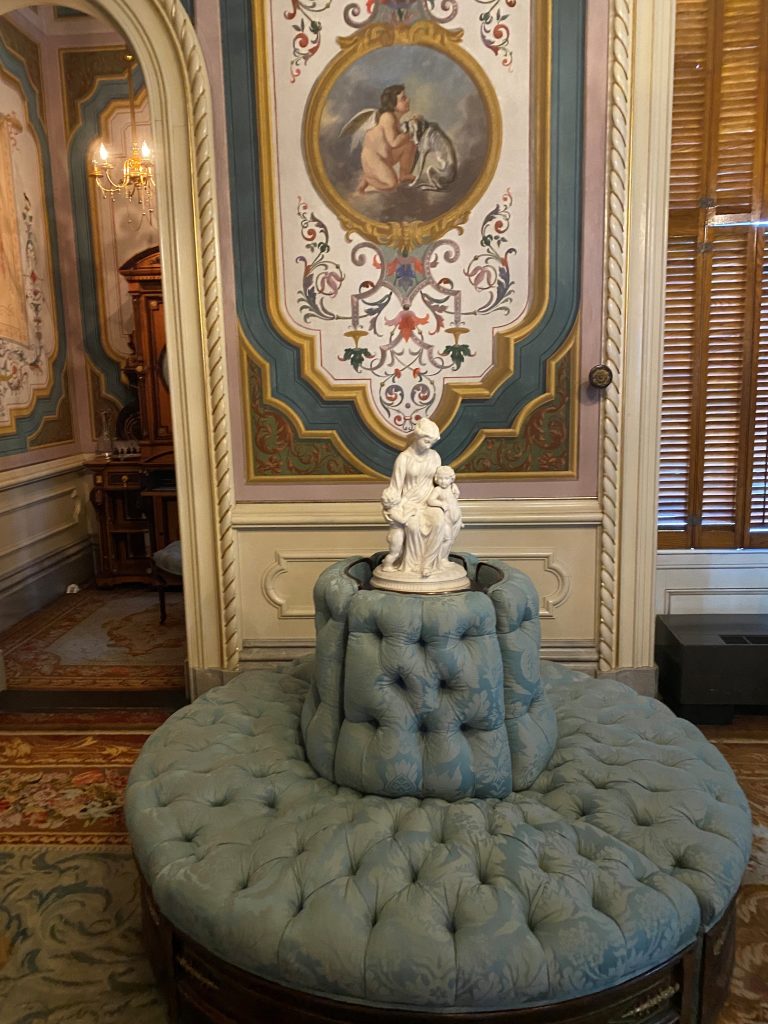
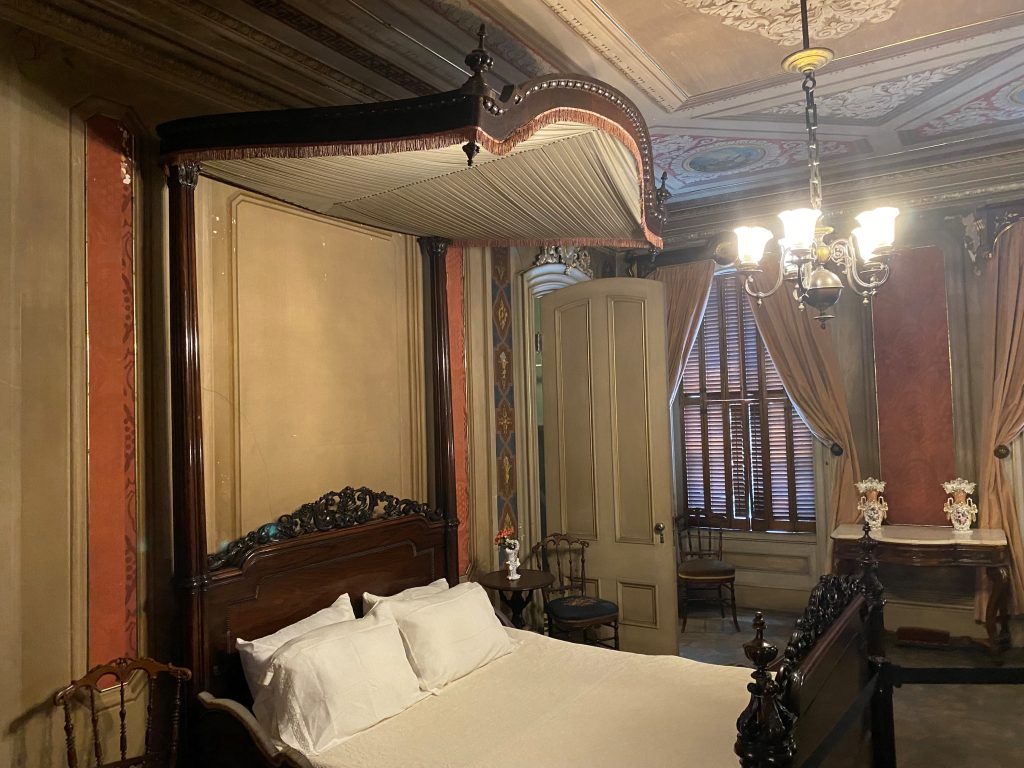
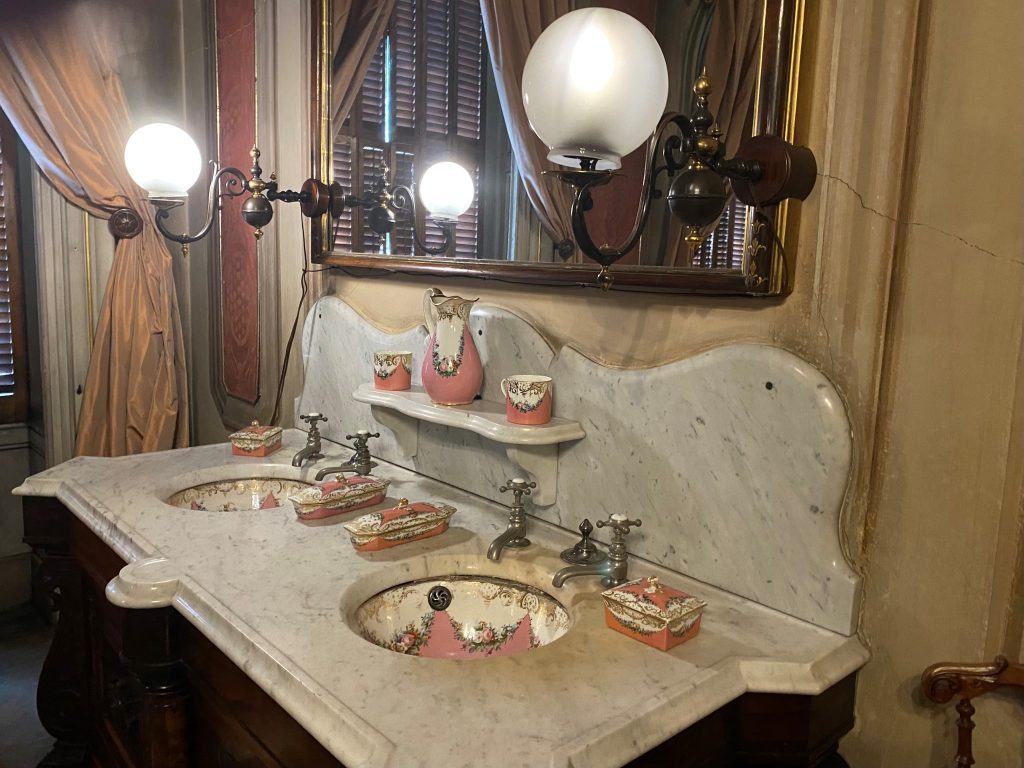
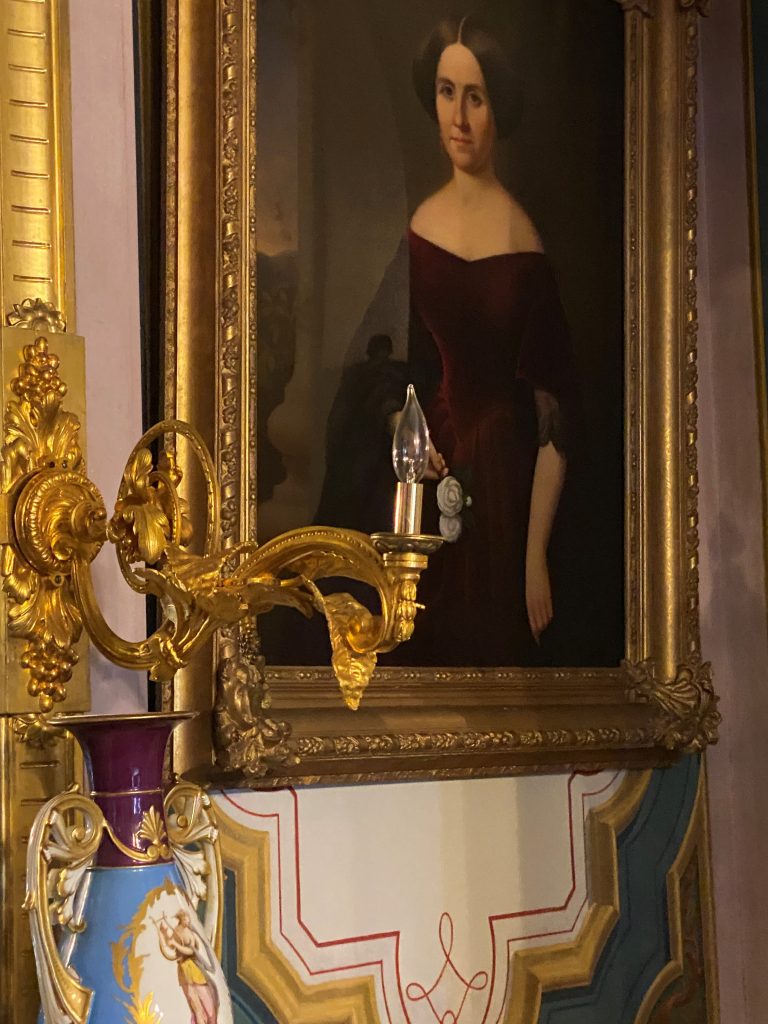
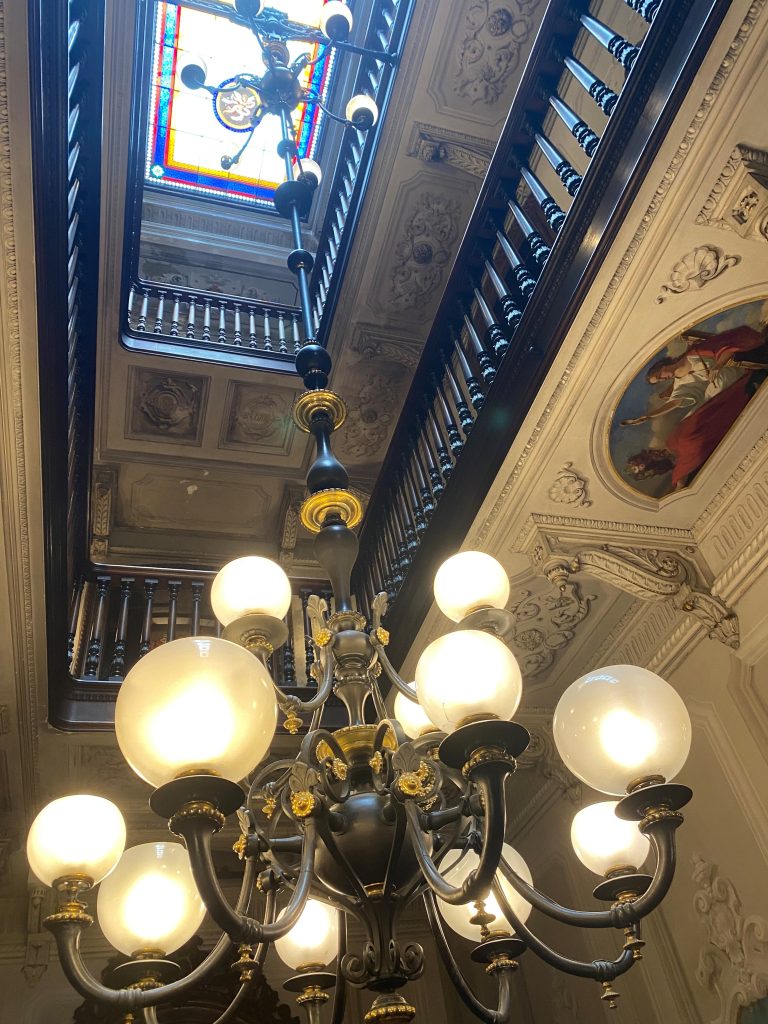
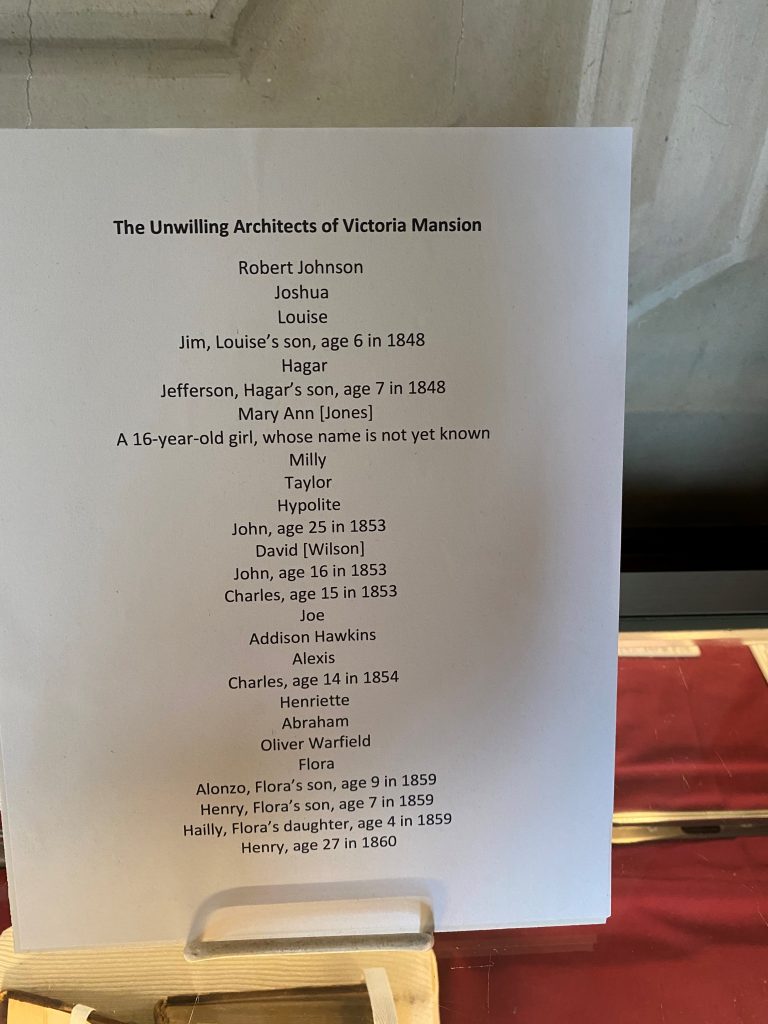

The comment, “To be replaced by a gas station. . .” keeps going round and round in my head! MY GOD!
TERRIFIC article! Beautifully written and researched. Will make a point of visiting Morse-Libby House on my next trip to the area.
The comment, “Who would then demolish the site and open a gas station,” keeps go around and around in my head — OMG! A wonderful (eye opening) story. Beautifully written and researched by Mr. Fargas. I will make a point to visit Morse-Libby house when I’m in the area.
Thank you for your comments Jim Gordon. So appreciate you reading!
I visited the mansion with a group of friends this July while on vacation. I must say it is a very beautiful, and one of a kind home. The tour is very interesting, but is lacking a lot of information, that leaves one with lots of questions upon leaving the tour.
1. Where did the servants live?
2. Who was the father of the children?
3. What is on the third floor that is under construction?
4. Why is the basement not included in the tour?
This is just a few questions that were not answered and left our group with the impression that there is more to the story of the mansion than that is being revealed…
I would recommend that that visitors take a tour of the home.
Donna Longoria
Thank you so much for reading and I apologize for the slow response. Please do go to the website directly for further information on this and you can email the curatorial staff.